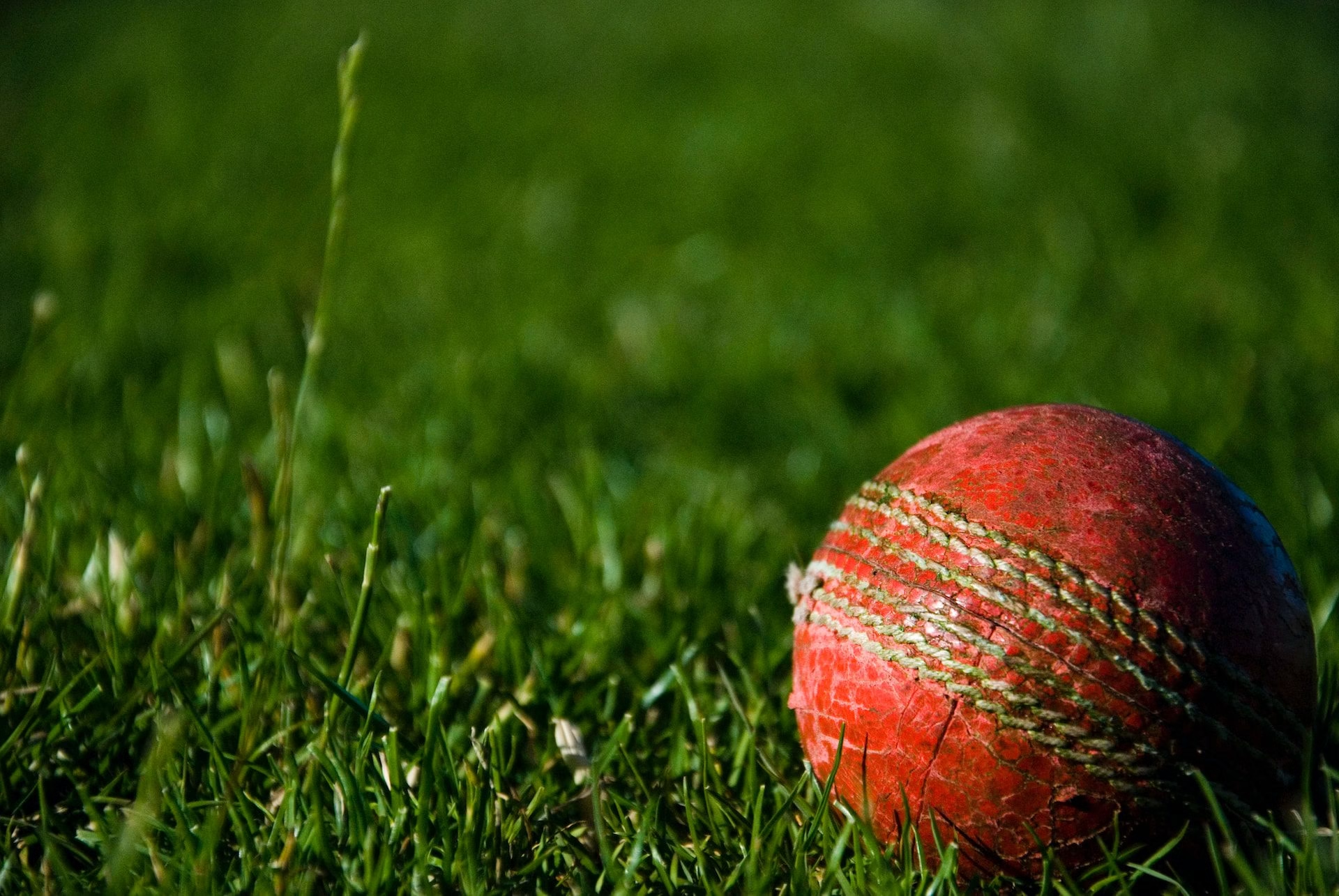Women on the Pitch: The Rise and Triumphs of Women’s Cricket
By Cricadium Staff 22 Aug 2023, 12:56 IST


The sport of cricket, with its rich history that spans over centuries, has long been a domain predominantly occupied by men. However, over the years, the landscape has evolved significantly. Today, women’s cricket is not merely an appendage to the male-dominated sport but a flourishing entity in its own right.
The Early Days of Women’s Cricket
Way back in the 18th century, the first recorded women’s cricket match took place. Though cricket was largely seen as a gentleman’s game, women were not to be left behind. With passion in their hearts and determination to overcome societal norms, early female cricketers stepped onto the pitch, forging the beginning of an empowering journey. The founding of women’s cricket clubs soon followed, providing a foundation for the sport’s female enthusiasts.
Challenges Faced by Early Women Cricketers
Society wasn’t kind to these trailblazing women. Prevailing norms and gender-specific expectations posed significant hurdles. Female cricketers faced skepticism, and sometimes even ridicule, for stepping onto the pitch. Beyond societal pressures, practical challenges also loomed large. Access to top-notch training facilities and equipment, typically reserved for their male counterparts, was scarce. Financial support, crucial for any sport to thrive, was nearly non-existent.
Significant Milestones in Women’s Cricket
The formation of the Women’s Cricket Association (WCA) in 1926 marked a significant milestone. It brought a semblance of organization, leading to the first women’s Test match in 1934. With this, women’s cricket began to inch closer to mainstream recognition. By the end of the 20th century, another pivotal moment arrived when the WCA integrated with the England and Wales Cricket Board (ECB), blending the interests of male and female cricketers.
Global Growth and Development
England’s shores could only contain the passion for women’s cricket for so long. The game quickly spread to other nations like Australia, India, and the West Indies, marking a global awakening. The establishment of the Women’s World Cup in 1973 brought international focus. Women’s cricket then further garnered attention when it graced multi-sport events, such as the Commonwealth Games. And as the sport expanded, so did the interest on the GG cricket bookies list, which began including odds for women’s matches, signifying the growing importance and appeal of the sport.
Modern Triumphs and Landmarks
Modern women’s cricket has seen a surge in remarkable talent. Names like Ellyse Perry, Mithali Raj, and Sarah Taylor aren’t just popular among ardent cricket followers; they’re global icons. Their performances, combined with the success of tournaments like the Women’s Big Bash League (WBBL), have brought an unprecedented spotlight to the sport.
The landmarks don’t stop at individual achievements. In recent years, record attendance for women’s cricket matches has skyrocketed. Viewership, both in stadiums and through broadcast, has seen a steady rise, indicating a shift in the global cricket-viewing audience’s preferences.
Influence of Women’s Cricket on Society
The transformative journey of women’s cricket has ripple effects far beyond the pitch. Female cricketers are not merely athletes; they’re symbols of change. They stand as role models, proving that passion, dedication, and talent aren’t bound by gender. Their success stories inspire countless young girls to pick up the bat and ball, dreaming of their own cricketing journey.
Furthermore, the rise of women’s cricket has subtly but effectively contributed to broader conversations about gender equality. As women cricketers shatter records, they’re also breaking age-old stereotypes, emphasizing the need for an equal playing field in all walks of life.
The Future of Women’s Cricket
Though the achievements are commendable, the journey for women’s cricket is far from over. The horizon looks promising with plans for expansion of international women’s tournaments in the pipeline. Commercial interests in the sport are on an upswing, bringing in much-needed investments.
A more inclusive future also seems to be on the cards, with a push towards greater representation of women in administrative roles. The days when women’s cricket was a footnote in the annals of the sport are gone. Today, it’s a headline act, and rightfully so.
As the journey continues, one thing remains clear: women on the pitch are here to stay, and they’re shaping the future of cricket.
Stay updated with all the cricketing action, follow Cricadium on Facebook, Twitter, and Instagram
You might also like
Recommended to you













